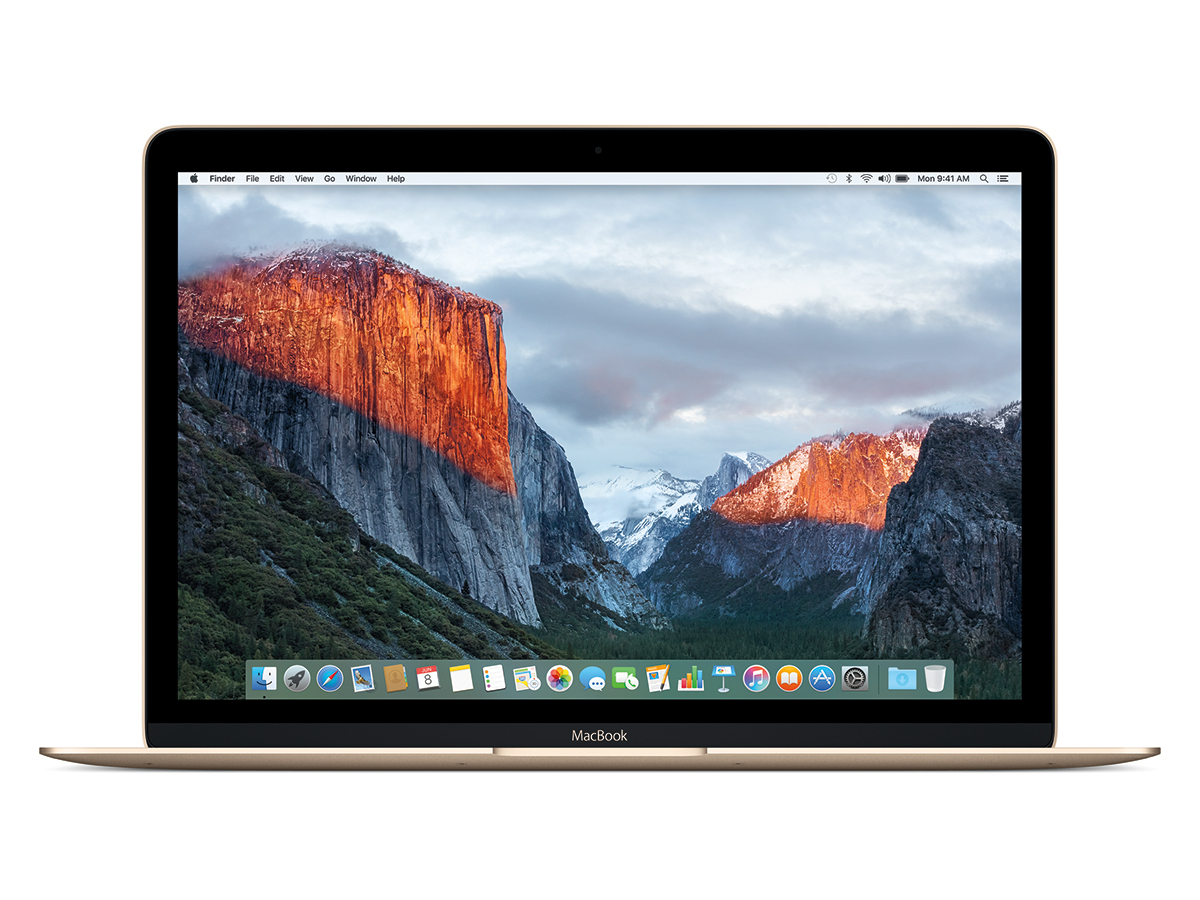
Users can manually trigger an update on a Mac by selecting "App Store" from the Apple menu, then choosing "Updates" from the row of icons at the top of the window.Since 1987 - Covering the Fastest Computers in the World and the People Who Run Them The macOS and OS X updates will be automatically offered on the appropriate devices. company continues that practice, macOS 10.13.6 will be released July 16-20. In 2016, that update, OS X 10.11.6, appeared on July 18 the following year, macOS 10.12.6 shipped on July 19. For the last two years, Apple has released a single operating system update between WWDC and the launch of the next upgrade. Users can expect one more High Sierra security-and-non-security-fixes update before macOS 10.14's debut, at which point the former's future updates will be security-only. Over the course of the next 10 to 12 months, the portion of unsupported Macs will gradually decline to around 13%, the percentage that, year after year, continue to rely on outdated software.
That fraction will shrink as users upgrade to macOS 10.14, reducing the shares of High Sierra and Sierra most of all, less so for El Capitan. At that moment, up to a quarter of all Macs will be running retired operating systems. OS X El Capitan will then drop out of support. Once macOS 10.14 launches this fall - September will be the most likely, followed by October - it will become "N," with "N-1" and "N-2" standing for High Sierra and Sierra. That address will be live-streamed and begins at 1 p.m. There's no reason to think things will be different today, when Apple CEO Tim Cook and other executives take the stage to present the WWDC keynote address.


Traditionally, Apple executives have launched the year's macOS upgrade at WWDC, given it a name - another California location is a good bet - touted a handful of its new features or improvements, and parceled out preview copies to developers. This week, Apple will unveil High Sierra's follow-up, almost certainly identified as 10.14, at its annual Worldwide Developers Conference (WWDC) in San Jose, Calif. If "N" represented the current edition, High Sierra, then Apple was also obliged to offer security updates to "N-1" and "N-2," 2016's Sierra and 2015's El Capitan, respectively.īut a new macOS edition is imminent, which will bump El Capitan off the support list, probably after one more set of security patches. Traditionally, Apple supports three consecutive editions of the Mac's operating system: the current and the two previous. Separate security updates, minus the Messages in iCloud feature, were released for High Sierra's two predecessors.


 0 kommentar(er)
0 kommentar(er)
